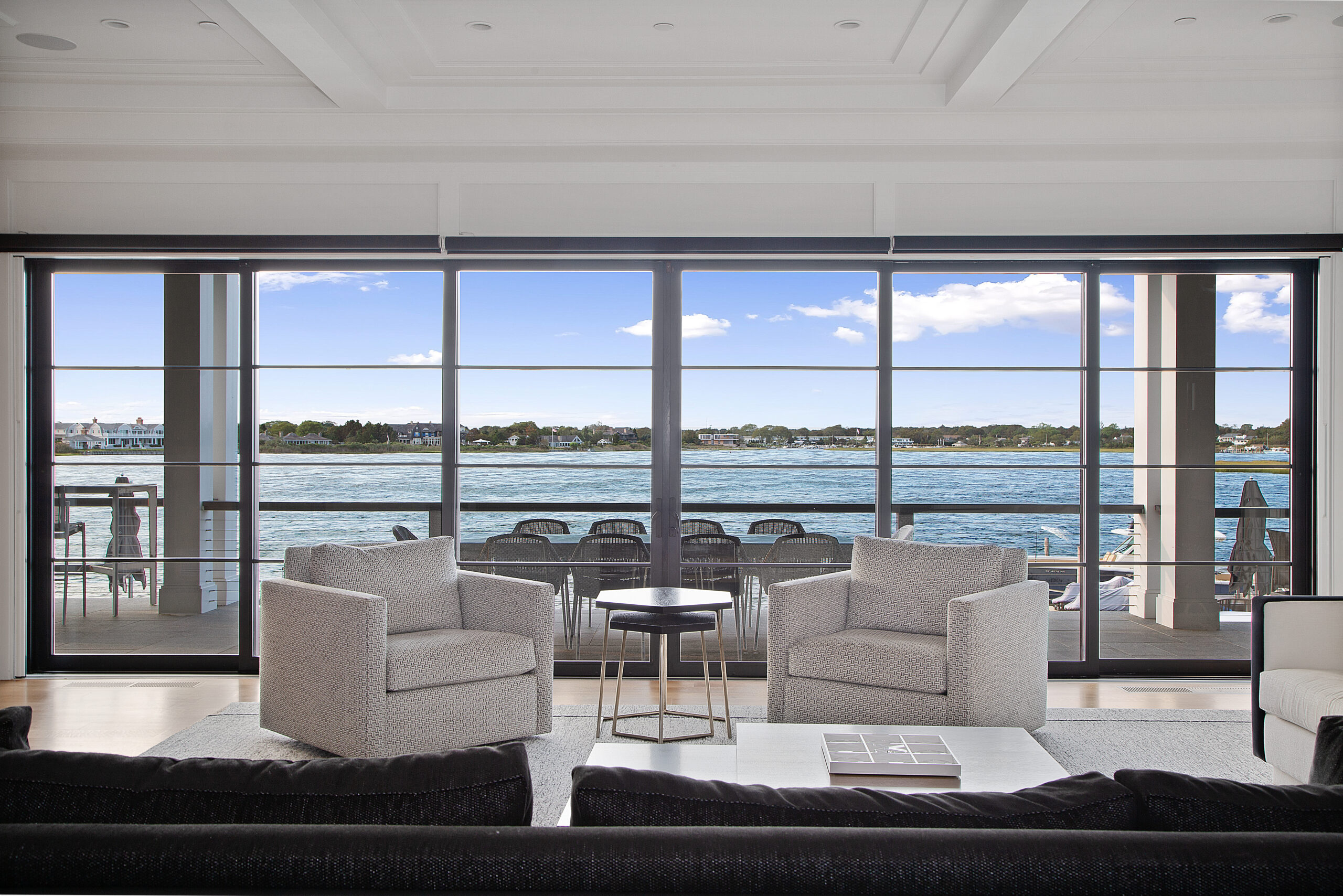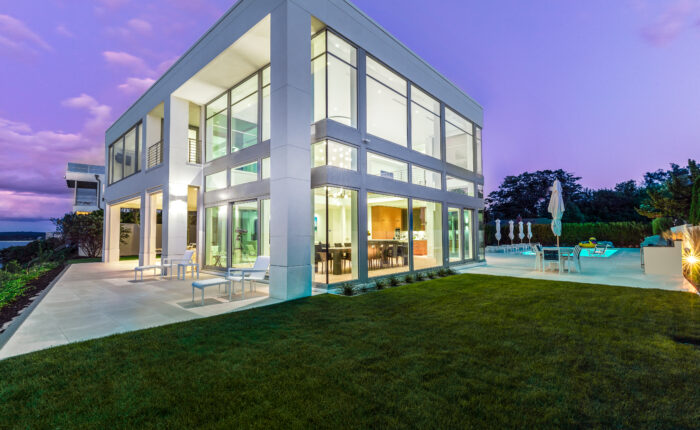Plants bring much-needed color and liveliness to any home interior. To facilitate their growth, you need to install the best windows for your plants.
The windows you choose will impact how plant-friendly your home will ultimately be. Do not neglect that aspect of your home building if you want your home to feature a natural dimension.
In this article, we will go in-depth on the types of windows that are best suited for growing plants. We will also share important details regarding how window placement affects their growth.
Stay tuned so you can find out how to turn your home interior into a friendlier environment for plants!
Ideal Window Types for Growing Plants
All windows can bring more natural light into your home. However, not all of them are ideally suited for growing plants.
If you intend to turn your home interior into a more accommodating environment for plants, you need to seek out two specific types of replacement windows. To be more specific, you should look to install new bay windows and garden windows.
Bay Windows
Have you ever traveled along a coastal neighborhood? If you have, chances are that you noticed something similar about the homes in that area. You may have noticed that those homes have small recesses with windows.
The fixtures set along those recesses are known as bay windows.
Bay windows have been around for a long time. Per this article from Study.com, some believe they built the first bay windows in the Gothic Era. The Gothic Era started back in the late 12th century and extended to the 18th century.
Even if bay windows emerged in the latter part of the era, they would still be quite old.
Still, it is no surprise that they have hung around for this long. Bay windows feature a distinctive type of look that you cannot get from other options.
They jut out from the rest of your home to create a small nook. That small nook has consistent natural light. You can use that part of your bay window to grow your plants.
Simply set your plants in the part of the bay window that sticks out from your home to get their fill of natural light. Even on a cloudy day, the plants you position close to your bay window should receive more than enough sunlight.
Aside from aiding in the growth of your plants, bay windows are also great for showing them off. Use your most beautiful plants to improve your home’s curb appeal by displaying them in your bay windows.
You can also choose from different styles of bay windows. We have detailed those different style options below.
Box Bay Windows
The box version of the bay window is probably the version you will see most often these days.
In this design, the center portion of the window extends straight out from the rest of your home. It is then flanked on both sides by two windows that branch out from it at 90-degree angles. The result is a bay window that looks exactly like a glass box.
Box bay windows feature a striking appearance. They suit any home, but they arguably look their best when paired with modern design. There is something about the symmetry of the box bay window that makes it a perfect fit for that specific style.
Those box bay windows are also great for growing plants. You will have ample space to use for your plants so they can grow comfortably.
Canted Bay Windows
The canted bay window is the traditional design for this particular home fixture.
The central portion of the window is flat, while the side windows are at an angle. What you end up getting from that design is a fixture that looks like a segment of a polygon.
Canted bay windows are similar to box bay windows in design. However, canted bay windows do not provide the same amount of space. That is an important thing to keep in mind if you are building a new bay window to house your plants.
Circle Bay Windows
Last up, we have the circle bay windows.
As you have probably guessed, these fixtures are similar to the ones we have already discussed, except they jut out in a circular pattern. Technically, the windows form a semi-circle instead of a full circle.
Circle bay windows can vary significantly in terms of size. Some homeowners opt to create tight circles, while others will fan out those windows to create as much new room as they can. If you are using that part of your home to grow some plants, you may want to open up the area as well.
Pros and Cons of Bay Windows
Are you still not sure if you should get new bay windows installed? If so, reviewing some pros and cons may help you reach a decision. Check them out below.
Pros:
- Abundant Natural Light – Bay windows are terrific additions if you want to increase the amount of natural light that enters your home. Adjust the size of your bay window to get the exact amount of natural light that your plants need.
- Extra Space for Your Plants – Keeping plants inside your home can compromise the amount of living space you have available. You can do something about that problem by placing the plants in your bay window.
- Great for Curb Appeal – Bay windows are great for highlighting a specific segment of your home interior. That is a big reason they excel at enhancing curb appeal.
- Valuable Additions – Adding a bay window to your home will increase your property’s value. They are long-term investments that can yield strong returns if you ever decide to sell.
Cons:
- Your Home Is Less Private – Bay windows provide a good look into your home. That can become a privacy issue at times.
- Maintenance Is Required – Unless you want people walking by commenting on how messy your home is, cleaning up near your bay window will be a must. On days when you do not feel like cleaning, having that bay window can be a nuisance.
- Adverse Effect on Your Home’s Energy Efficiency – Heat can travel into your home through those glass panels in your bay window. Your HVAC system may work harder to offset that heat gain.
Garden Windows
Now that we have talked about bay windows, we can shift our focus to garden windows. Right away, you will notice some pretty striking similarities between those two fixtures.
First off, you will see that both bay and garden windows extend from one of your home’s walls. However, the amount of extension varies between the two.
Bay windows may jut out from a wall by 12 inches or several feet. You can adjust the amount of extension based on what works for your home and property.
The extension options for garden windows are not quite as varied. Per this article from Angi, a garden window will typically extend from a wall by about 18 inches.
Those two types of windows also differ in terms of size. Bay windows usually take up an entire side of your wall, while garden windows will only use up a portion of it. Many garden windows even look like miniature versions of bay windows.
Style options for garden windows are also more limited. They only differ in terms of how you install the upper glass pane. Some garden windows are completely flat up top while others are slanted.
You can make garden windows from different materials. Vinyl is probably the most popular option, but you will still see fiberglass, composite, and aluminum variants.
You can also divide the fixtures into multiple sections. The installer can set a panel of glass in the middle of the garden window horizontally to create two levels. Once they put the dividing panel in place, you have two sections for growing your plants.
Pros and Cons of Garden Windows
Will garden windows be good additions to your home? You should be able to answer that question after you go through the pros and cons below.
Pros:
- Dedicated Space for Plants – The garden window is a small space you can reserve for your favorite plants. They can grow there without any issues.
- Bring More Light into Your Kitchen – Garden windows are almost always installed in the kitchen. You can use them to add more natural light to that part of your home.
- Fresh Air On-Demand – The kitchen can turn into a stuffy space while you are working. Make sure it has ample circulation by opening your garden window.
- Easy Access to Your Favorite Herbs – Many homeowners use their garden windows to grow their favorite herbs. Doing so gives them easy access to some great ingredients.
Cons:
- Heat Gain – The kitchen is already a hotspot inside most homes. That may be accentuated further by the addition of the garden window.
- Surprisingly Expensive – Despite their small size, garden windows can be quite expensive. You may be better off building a different type of installation so you can reduce your spending.
How Do Window Positions Affect Your Plants?
The type of window you have installed will greatly impact the growth of your plants. Still, it is not the only factor that will affect plant growth.
In addition to window type, you also need to consider the positioning. Continue reading to find out how the orientation of your windows will impact your plants.
North-Facing Windows
Let’s begin by discussing the north-facing windows.
North-facing windows do not provide a lot of sunlight. You will find many shady spots near your north-facing windows.
Does that mean that north-facing windows are not suitable for plant growth? Using them for growing plants is still possible, but you need to be more selective.
Choose plants that like shade, such as Boston ferns, peace lilies, and spider ferns. Those plants should still thrive near a north-facing window most of the year. You will only need to move them during the winter because they may no longer receive enough sunlight at that point.
East-Facing Windows
East-facing windows provide considerably more sunlight than their north-facing counterparts. They provide moderate lighting for your houseplants.
Since east-facing windows provide more natural light, they are useful for growing a wider variety of plants. Use the spots near east-facing windows to grow cast iron plants, prayer plants, and kentia palms. East-facing windows are also suitable for growing most types of ferns.
You should also place plants that need morning sunlight near your east-facing windows. Those plants may not grow properly in other areas.
West-Facing Windows
West-facing windows are similar to east-facing windows in how much sunlight they provide. They also provide moderate lighting, so you can use them to grow many of the same plants.
The crucial difference between east and west-facing windows is the time when they receive the most sunlight.
West-facing windows get the most amount of sunlight during the afternoon. Because of that, you should look for plants that like the afternoon sun the most. Plants that fall under that category include aloe vera, daylilies, and roses.
South-Facing Windows
To finish this section, we need to talk about the lighting provided by south-facing windows. These windows are known for providing intense sunlight. You need to be careful when selecting plants for south-facing windows because some may shrivel up when subjected to that kind of exposure.
Plants you should target if you are growing near south-facing windows include geraniums, yucca plants, and dragon trees. Herbs like sweet basil and lemon verbena also appreciate direct sunlight exposure. Keep them on hand to flavor your favorite dishes.
Growing plants inside your home is easy as long as you have the right windows in place. We at North Shore Window Inc. can install those windows for you. Reach out to us today if you need custom windows as soon as possible.



